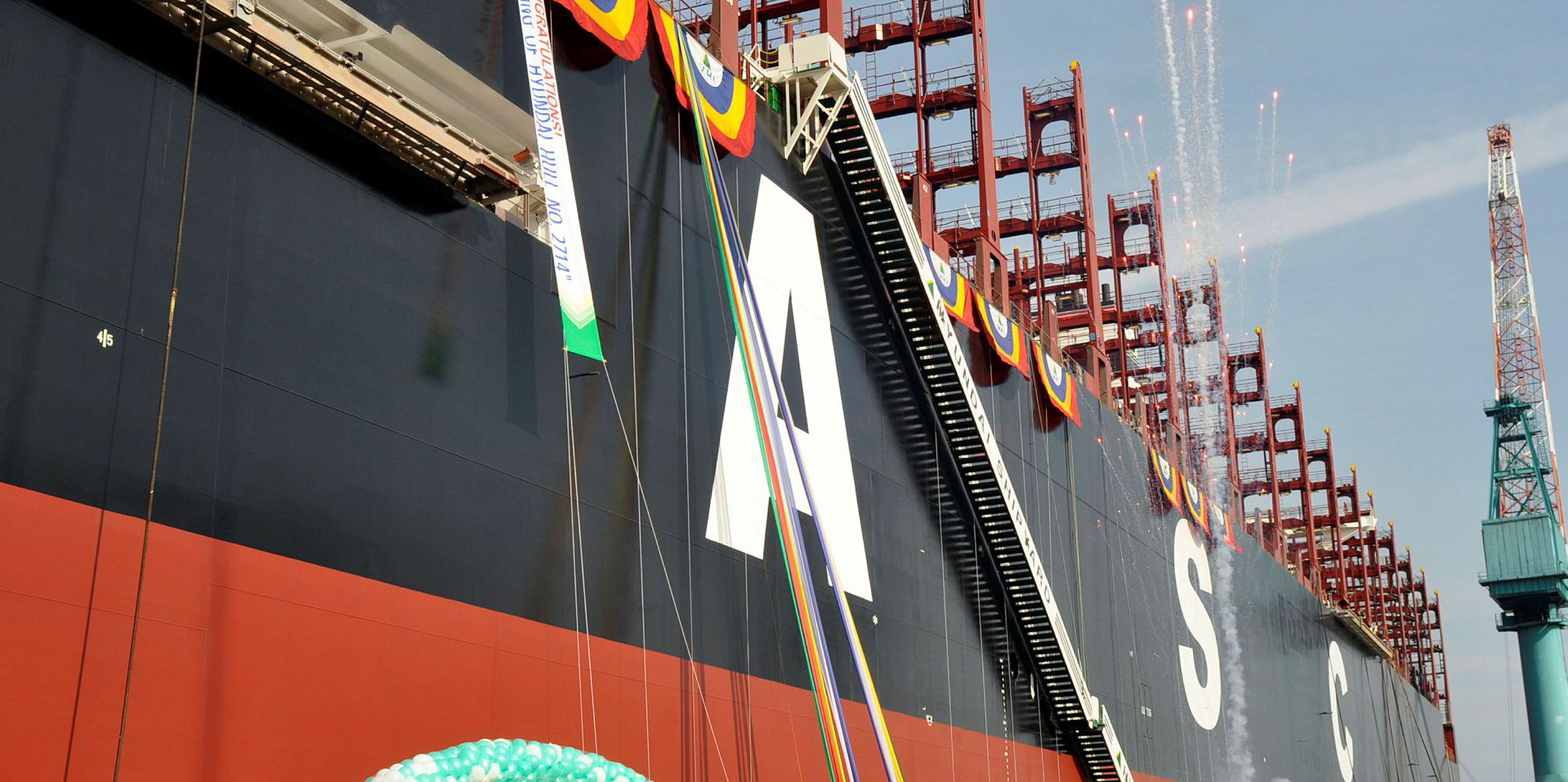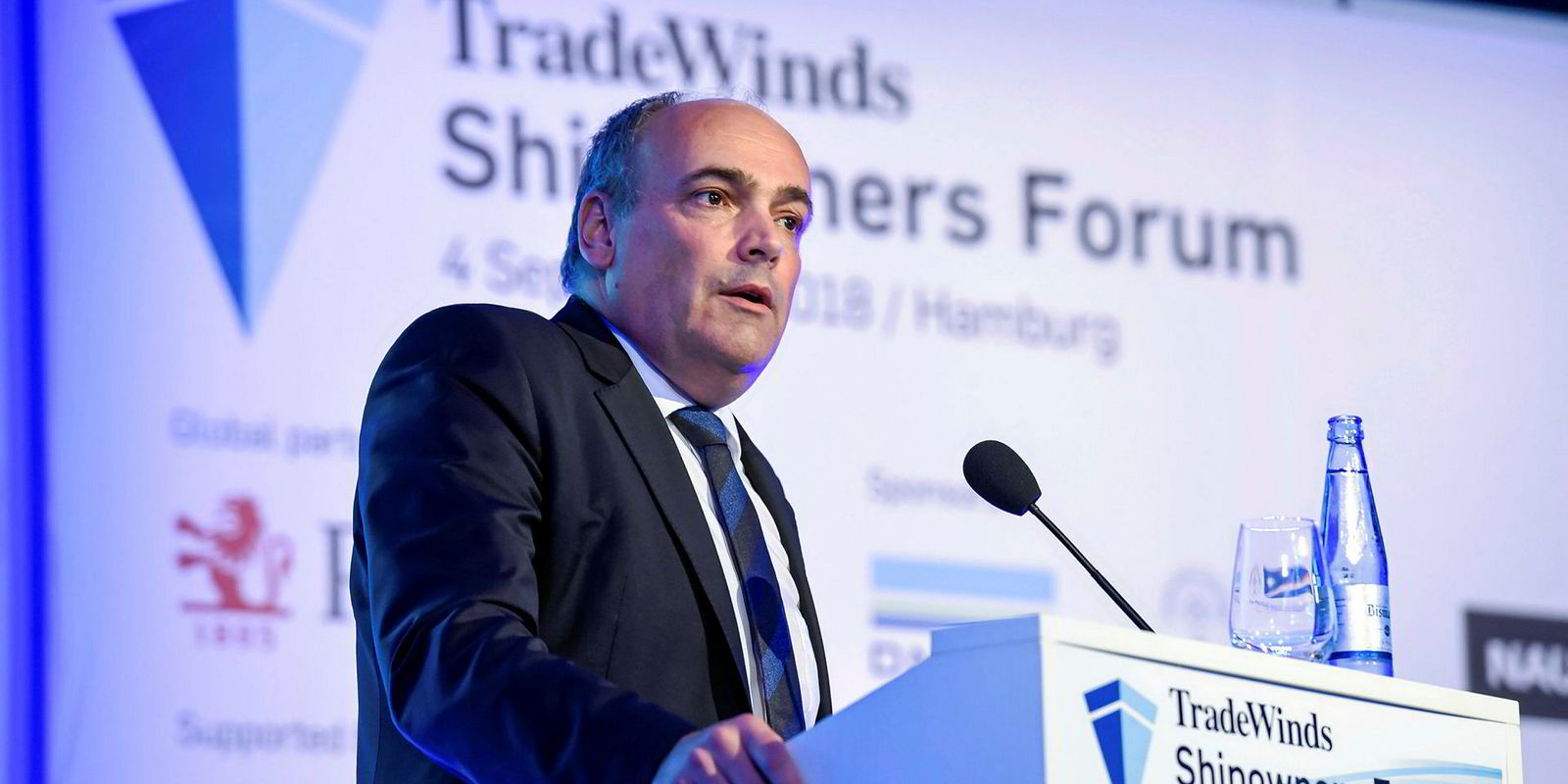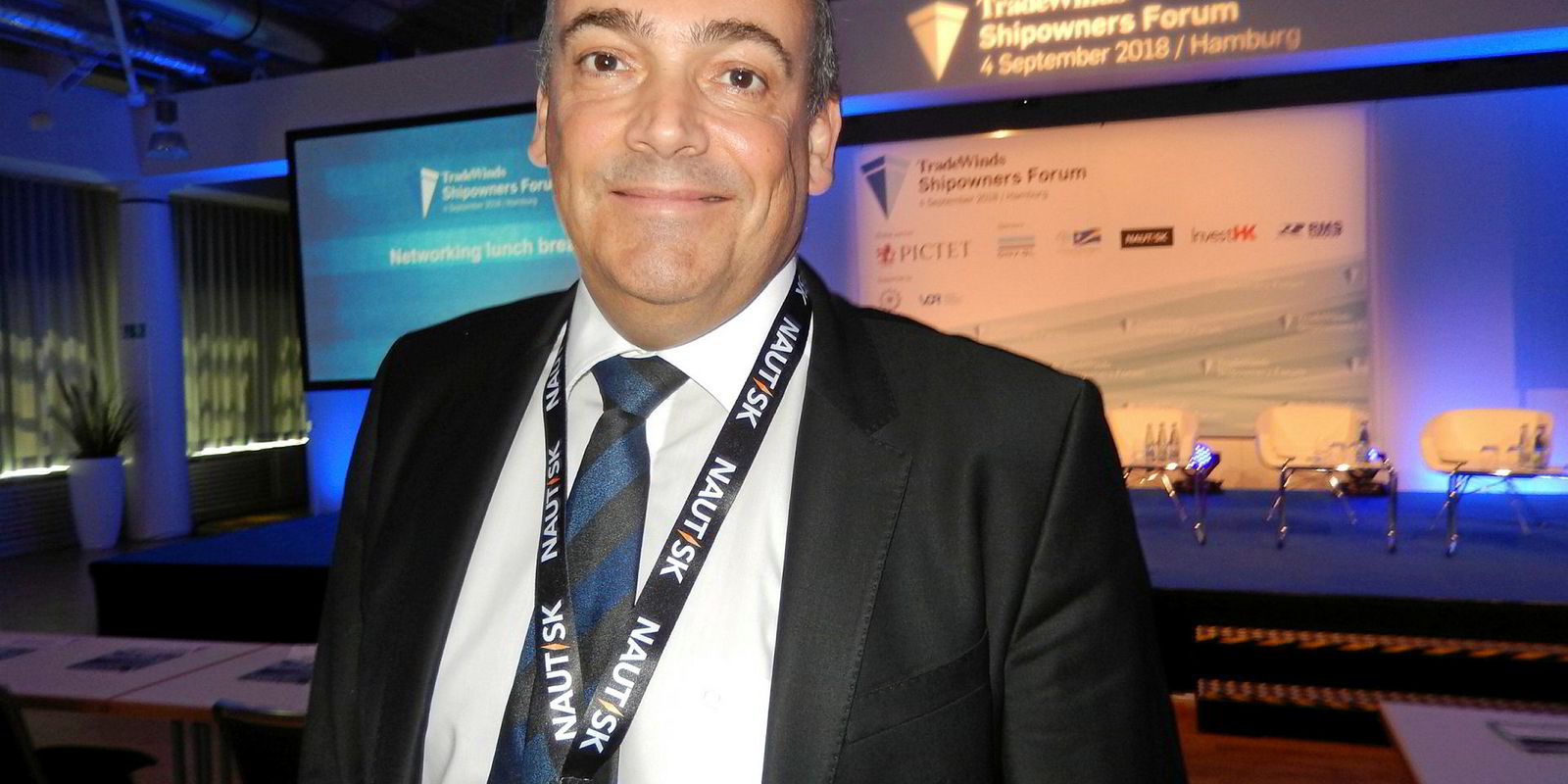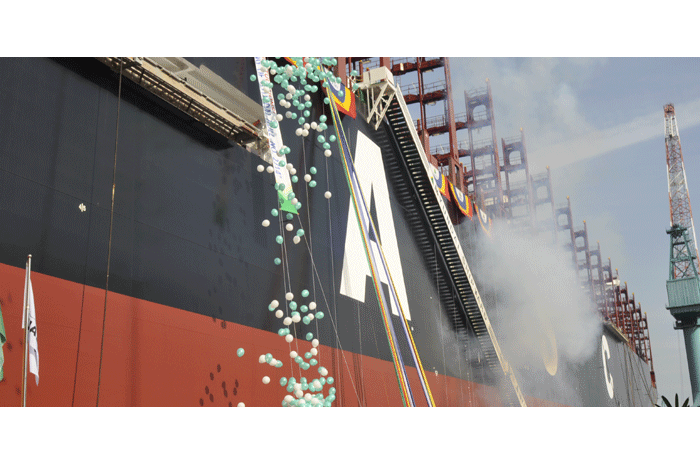Hapag-Lloyd is one of the few shipowners to have gone public with plans to deploy and trial all three options for making its vessels compliant for 2020.
The German containership owner and operator boasts a fleet of 220 ships, of which around 100 are owned vessels that are its focus for 2020 compliance.
Jorg Erdmann, senior director of sustainability, says most of the owned boxships will be using low-sulphur fuel oil (LSFO) from 1 January 2020.
But it will need to consider several issues before making the switch.
Erdmann says it will look closely at the specifications of the new LSFO product offerings, particularly as there is no ISO standard for them yet. He adds that the energy majors need to provide details to ensure compatibility between the different offerings around the world.
Hapag-Lloyd, which already has experience of using 0.1% sulphur fuels for its vessels that sail in the emission control areas, will also be analysing where its ships bunker and comparing this to LSFO availability. The vessels call mainly at Singapore, Rotterdam and Houston, but supply may also be required in other areas.
Erdmann says one of the key challenges will be steam-cleaning vessels’ bunker tanks and pipes to prepare them for the carriage of LSFO.

This is a regular operation that can be done during load and discharge operations, but he points out that it will have to be done very thoroughly before making the switch from the dirtier heavy fuel oil (HFO) to the lighter LSFO.
The cleaning will be done as close as possible to the 2020 deadline to give ships the opportunity to use all of the remaining HFO in their tanks. He adds that storage facilities around the world also need to be prepared for LSFO.
Erdmann estimates the total cost of preparing the bulk of the fleet for LSFO use to be $7m to $8m. However, he believes it is too early to do onboard trials of the new product.
Hapag-Lloyd is also toying with using scrubbers to meet the 2020 regulations.
It kicked off a pilot project to retrofit two vessels with scrubbers, starting with its 13,177-teu Hamburg Express (built 2012). This month, it upped the figure to 10 vessels.
Erdmann says the procurement process has been completed and the work will take around three months at an estimated cost of $7m to $10m per vessel. He describes the work as “nothing spectacular” from an engineering point of view, but says the job does require seven to 12 months of preparation.
The work on all 10 ships will be completed next year to allow them to be operational and compliant by the start of 2020.
Vessel retrofit
Hapag-Lloyd is not stopping there: it plans to retrofit one of its vessels to use LNG as a fuel.
It acquired 17 LNG-ready ships when it bought United Arab Shipping Co (UASC) last year. These have been designed so that LNG bunker tanks and associated pipework can be easily retrofitted to allow them to use gas as a fuel.
When Hapag-Lloyd bought UASC, it was already thinking about the best way to convert these vessels, Erdmann says.
The company has selected the first of these ships to be delivered, the 15,000-teu Sajir (built 2014), as its retrofit candidate, he reveals.
The vessel is set up with a bay that can accommodate a 6,500-cbm LNG bunker tank, which is likely to be fitted as a membrane-type unit.
Erdmann insists Hapag-Lloyd does not want to increase the size of this tank as this will result in a loss of cargo space. But the onboard bunker volumes mean the ship will probably need to bunker more frequently and so must be assured of LNG availability and the vessels to supply this.
Bunkering will probably take six to seven hours and Hapag-Lloyd is keen to ensure that this can be done simultaneously with other cargo operations — something that is not yet guaranteed by some port authorities.
The work will take around three months to complete. This job and the scrubber retrofit projects start in the second half of 2019.







